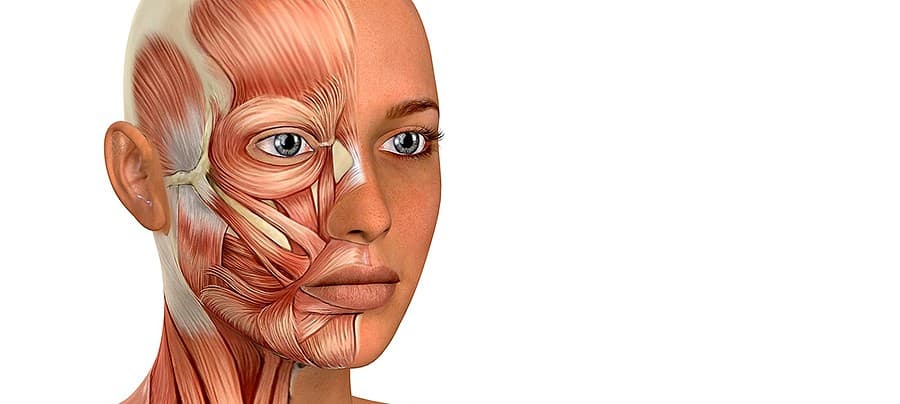
Most of us know mewing to be a process that changes the bones. But what about muscles? We’ve all seen the proof of how muscles can affect facial structure over time. But the muscles have a big role in achieving the overall desired result for mewing.
The tongue is the main muscle worked by mewing. Other muscles involved in the process are the masseter muscles, hyoid muscles, and buccinator muscles.
The first thing all the articles and videos tell you about mewing is that it’s possible to change the facial bones. But one topic that needs more discussion is how the muscles of the face react to mewing.
Tongue
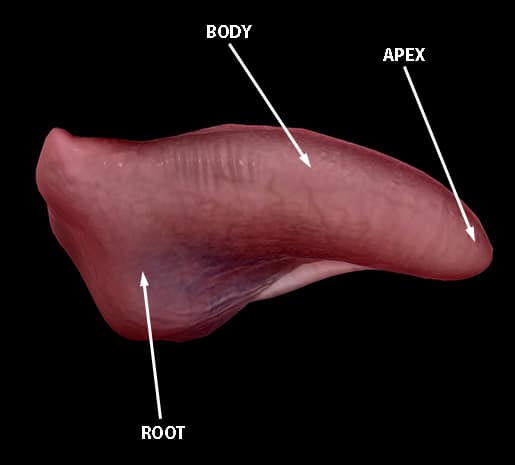
If you know only one thing about mewing, it would be that it has something to do with the tongue. The tongue is actually a collection of muscles, but for discussion purposes, let’s consider it to be one singular thing.
The entire premise of mewing is correctly placing your tongue on the roof of your mouth, creating ideal changes to your face. These changes include widening the dental arch, bringing the maxilla forward, and other effects. Let’s break down what the tongue does in mewing.
1. Widening the dental arch
Many studies prove that the tongue’s mouth position can contribute to changes in the dental arch. This study by Dean (2016), for example, concluded that there is a strong correlation between the resting position of the tongue and the form of the dental arch.
The tongue’s muscles work to widen the dental arch, leaving room for the teeth to fit right. This benefit of mewing is the reason the Mews started promoting tongue posture in the first place.
2. Bringing the maxilla forward
As you probably already know, mewing brings facial growth forward. The work of the tongue in applying pressure to the palate allows for this forward growth. Over time, this growth can be prominent and will enhance the way you look.
Proper tongue posture attempts to correct the years of mouthbreathing and improper tongue placement. And it does so by rotating the maxilla very slowly to go up and forward.
3. Tightening the hyoid
When you mew, your tongue exerts force onto the roof of your mouth. You have to engage your hyoid muscles, otherwise known as the area beneath your chin. These muscles have to do extra work to get the back third of your tongue up to your palate when mewing. The mistake of not engaging the rear third is something just about everyone who mews has warned against, so you guard against it using your hyoid muscles.
When you do this consistently over time, those muscles tighten. In effect, your jaw will look more pronounced, and you will have less of a double chin. The sharp features that this gives you contribute to improving your overall look.
4. Raising the cheekbones
One of the changes that mewing can bring to the face is enhancing the cheekbones. When the dental arch widens, the cheekbones expand outwards. When you mew, the tongue indirectly influences the cheekbones’ outward protrusion, giving you that high fashion model look.
Buccinator Muscles
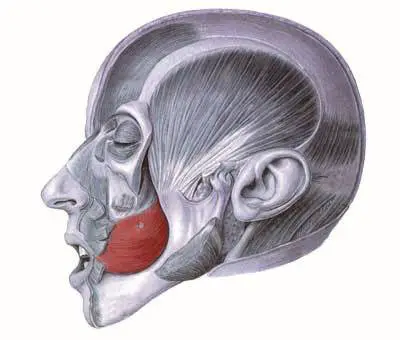
Mewing does not work the buccinator muscles but instead makes it work less. One crucial fact of mewing that many people overlook is that you have to swallow correctly to achieve optimum results. You will not use your cheeks (buccinator muscles) to swallow; you are using your tongue.
The idea behind proper swallowing is that you should roll up your food into a ball and then use your tongue to bring it down. Sucking on your teeth while trying to swallow is not a good practice and will not help you with mewing. Correctly swallowing your food is crucial in achieving the results you want.
This muscle is important because many people who mew are in it for the hollowed-out cheekbone look. When you use this muscle less and less, the results start to manifest as hollows in your cheeks. You don’t have to do anything too complicated. You just have to swallow properly.
Masseter
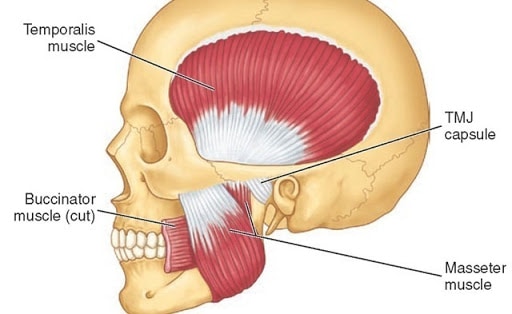
The masseter muscles are the muscles that help you with chewing. Though mewing does not help you directly with this, engaging the jaw muscles is important in mewing.
In the past, our ancestors had to chew their food a lot more than we did today. Instead of the soft calorie-packed processed foods that we consume, they had tough food that was low in calories, so they had to consume a lot of it. Many studies show the existence of the wider jaws and better teeth of our ancestors. Because of their intense chewing, they also had more prominent and wider jaws.
This reasoning is why chewing gum is part of mewing. Part of the entire process is getting your jaw to move more often and constantly. Be wary of this, though. Excessive chewing could cause your masseter muscles to become overdeveloped. Instead of looking like you have a defined jawline, you might just end up looking like the sides of your face are plump. This is not proportionate and not what you would want to go for at all.
Hyoid Muscles
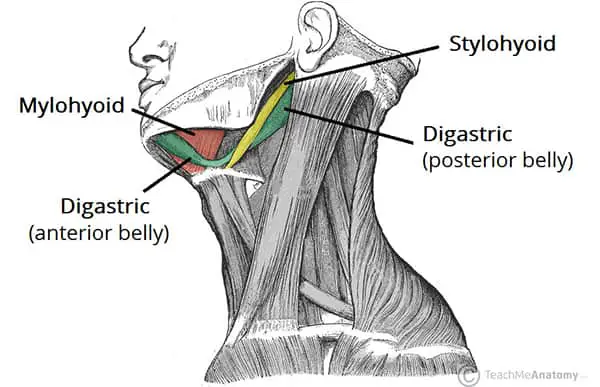
The hyoid muscles are a set of muscles that help elevate the hyoid bone. When you mew and push your tongue up on your palate, you’ll feel your hyoid muscles moving upward as well. This movement is very apparent, and you will notice it the moment you put your tongue up. This is a sign that you are exerting force and that you are mewing properly. Check yourself out sideways in a mirror, and you will see how different the hyoid muscles look like when engaged in mewing and when not.
The four components of the hyoid muscle set are:
- Stylohyoid- This one is the thin strip of muscle that helps with the swallowing action.
- Digastric- The main task of the digastric muscle is to help with hyoid elevation. It helps pull the mandible down and exerts a more upward force on the hyoid bone.
- Mylohyoid- The mylohyoid is the part of the hyoid set that sits beneath the mouth. It is right below the oral cavity. The muscle is triangular and supports the base of the mouth.
- Geniohyoid- Much like the digastric, the geniohyoid also works to elevate the hyoid bone. Only it does this from a different position. It also helps with mandibular depression.


